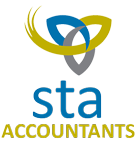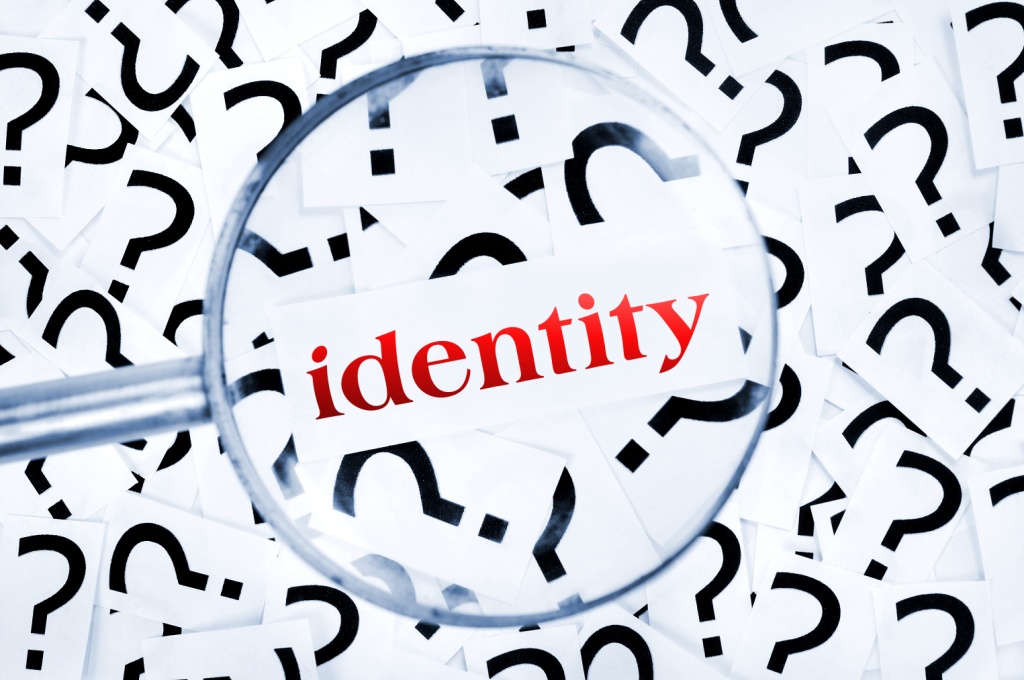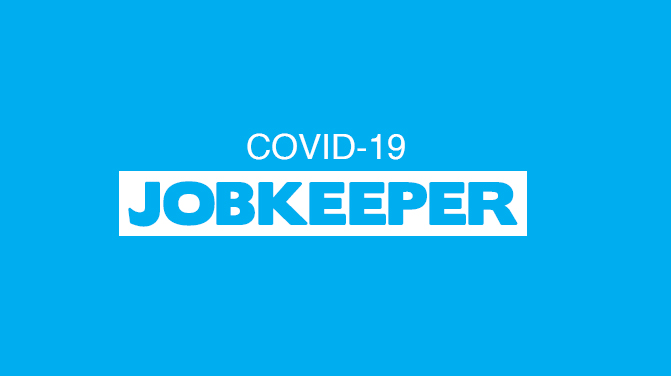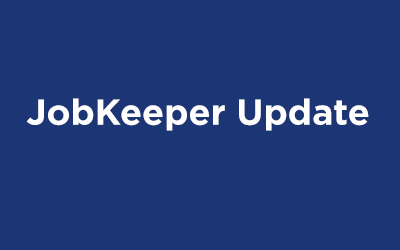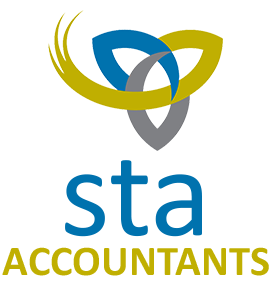 ATO Crackdown on Work Related Expenses
ATO Crackdown on Work Related Expenses
There has been a lot of publicity recently regarding the ATO’s crackdown on work related expenses. Deductions under scrutiny include:
- Motor vehicle and travel expenses;
- Home office expenses;
- Uniform and laundry expenses;
- Tools and equipment;
- Mobile phone and internet claims.
A deduction must satisfy three key criteria:
- You must have paid for it and not been reimbursed,
- It must be directly related to earning your income and not a private expense, and
- You must have a record to substantiate it.
You must make a distinction between what portion of an expense is being used for work purposes.
If the expenses relate to both work and private use you will only be able claim a deduction for the work-related portion. The ATO has cited several examples where people attempt to claim the whole expense, including the private portion, such as their entire phone and internet bundle, and an overseas study trip even though they had a holiday as part of the trip.
Therefore, in readiness for the 2017/18 tax season, we ask you to ensure that you meet the ATO guidelines for substantiation as listed below.
In particular, where claiming any work or business motor vehicle expenses, we will require you to provide a copy of your log book records, unless using the cents per kilometre method (see below for further information).
In making any claim for laundry costs, we will require you to provide supporting documentation such as diary records or written evidence to back up your claim.
Substantiation
If your total claim for work-related expenses is more than $300, you must have written evidence to prove your claims.
Mobile Phone, Internet and Home Phone Expenses
If you use your own phones or internet for work purposes, you may be able to claim a deduction if you paid for these costs and have records to support your claims.
If you use your phones or internet for both work and private use, you will need to work out the percentage that reasonably relates to your work use.
Substantiating your claims
You need to keep records for a four-week representative period in each income year to claim a deduction of more than $50. These records may include diary entries, including electronic records, and bills. Evidence that your employer expects you to work at home or make some work-related calls will also help you demonstrate that you are entitled to a deduction.
Click the link for further guidance from the ATO:
ATO – Claiming mobile phone and internet expenses
Clothing and Laundry Expenses
You can claim a deduction for the cost of buying and cleaning:
- Occupation specific clothing e.g. nurses uniform;
- Unique distinctive uniforms (must display a logo on it);
- Protective clothing including:
- Fire resistant and sun protection clothing;
- Safety coloured vest;
- Non-slip nurses shoes;
- Rubber boots for concreters;
- Steel-capped boots, gloves, overalls, and heavy-duty shirts and trousers;
- Overalls, smocks and aprons you wear to avoid damage or soiling to your ordinary clothes during your income-earning activities.
Ordinary clothes (such as jeans, shorts, closed shoes) are not regarded as protective clothes.
You can’t claim expenses for non-compulsory work uniforms unless your employer registers their design and logo with AusIndustry.
You may need to have written evidence to substantiate the purchase of any claimable clothing, as well as diary records or written evidence of your dry-cleaning costs.
For further guidance please see the ATO’s website:
ATO – Clothing, Laundry and Dry Cleaning
Income Protection Insurance
You can claim the cost of premiums you pay for insurance against the loss of your income. You must include any proceeds you receive from any claim under such a policy on your tax return. If the policy provides for benefits of an income and capital nature, only that part of the premium attributable to the income benefit is deductible.
You can’t claim a deduction for a premium or any part of a premium:
- for a policy that compensates you for such things as physical injury.
- where the policy is taken out through your superannuation fund. The premiums will be deducted from your super contributions.
For example, you can’t claim a deduction for:
- life insurance premiums
- trauma insurance premiums
- critical care insurance premiums.
Home Office Expenses
If you perform some of your work as an employee from a home office, you may be entitled to a deduction for the costs you incur in running it, including:
- Home office equipment (such as computers and printers);
- Work related phone expenses;
- Heating, cooling and lighting;
- Cleaning and repairs.
You will be required to keep records of these expenses and provide a distinction between what is used for work and private purposes. For example, receipts, itemised accounts or other written evidence.
Vehicle and Travel Expenses
You can claim vehicle and other travel expenses directly connected with your work, but generally you can’t claim for normal trips between home and work – this is considered private travel.
You will be required to keep records of your travel expenses.
When you can claim for car expenses:
You can claim a deduction for work-related car expenses if you use your own car in the course of performing your job as an employee, for example, to:
- carry bulky tools or equipment (such as an extension ladder) which your employer requires you to use for work and you are unable leave or store this equipment at work;
- attend conferences or meetings;
- deliver items or collect supplies;
- travel between two separate places of employment, provided one of the places is not your home (for example, when you have a second job);
- travel from your normal workplace to an alternative workplace and back to your normal workplace or directly home;
- travel from your home to an alternative workplace and then to your normal workplace or directly home (for example, if you travel to a client’s premises);
- perform itinerant work.
If you receive an allowance from your employer for car expenses, it is assessable income and the allowance must be included on your tax return. The amount of the allowance will usually be shown on your payment summary.
When you can’t claim for car expenses
- Most people can’t claim the cost of travel between home and work because this travel is private.
- Where you enter into a salary sacrifice arrangement in relation to a novated lease for a motor vehicle, you cannot claim a deduction for any motor vehicle expenses included as part of the novated lease arrangement.
How to Claim for car expenses
The two methods available from 1 July 2018 are:
- cents per kilometre method.
- logbook method.
Cents per kilometre method
Key points to note:
- Your claim is based on 66 cents per kilometre for 2017–18 income year.
- You can claim a maximum of 5,000 business kilometres per car.
- You don’t need written evidence, but you need to be able to show how you worked out your business kilometres (for example, by producing diary records of work-related trips).
Where you and another joint owner use the car for separate income-producing purposes, you can each claim up to a maximum of 5,000 kilometres.
Logbook method
- Your claim is based on the business-use percentage of the expenses for the car.
- Expenses include running costs and decline in value but not capital costs, such as the purchase price of your car, the principal on any money borrowed to buy it and any improvement costs.
- To work out your business-use percentage, you need a logbook and the odometer readings for the logbook period. The logbook period is a minimum continuous period of 12 weeks.
- You can claim fuel and oil costs based on either your actual receipts or you can estimate the expenses based on odometer records that show readings from the start and the end of the period you had the car during the year.
- You need written evidence for all other expenses for the car.
- A logbook is valid for 5 years but you may start a new logbook at any time. You must maintain odometer readings in the following years and keep the logbook for a year. If you want the logbook method for 2 or more cars, the logbook for each car must cover the same period.
Rules for Utes
It is a common misconception that all utes are commercial vehicles and are therefore 100% deductible. This is not necessarily the case and if there is any doubt you should maintain a log book for a minimum of 12 continuous weeks to determine your business use percentage and account for any private use.
A commercial vehicle is basically one that either:
- Has a load carrying capacity of more than 1 tonne (1,000 kgs);
- Is designed to carry more than 8 passengers;
- Is a taxi; or
- Where the primary purpose of the vehicle is not for the transportation of passengers.
This definition ordinarily includes vehicles such as panel vans, single-cab utes, trucks, buses, taxi’s, etc. Therefore, dual cab vehicles only qualify for the work-related use exemption if:
- They are designed to carry a load of one tonne or more, or more than eight passengers; or
- While having a load capacity of less than one tonne, they are not designed for the primary purpose of carrying passengers.
Fringe benefits tax may also apply to the private use of a vehicle by an employee unless their private use of a panel van, utility or other commercial vehicle (i.e. one not designed primarily for carrying passengers) is limited to:
- Travel between home and work
- Incidental travel during the course of employment duties
- Non-work related use that is minor, infrequent and irregular (for example, occasional use of the vehicle to remove domestic rubbish).
For additional information regarding motor vehicle and travel claims please see the ATO website:
ATO – Vehicle and Travel Expenses
However, if you would like specific advice or have a question regarding your current situation please contact us on 08-9754-4144.
